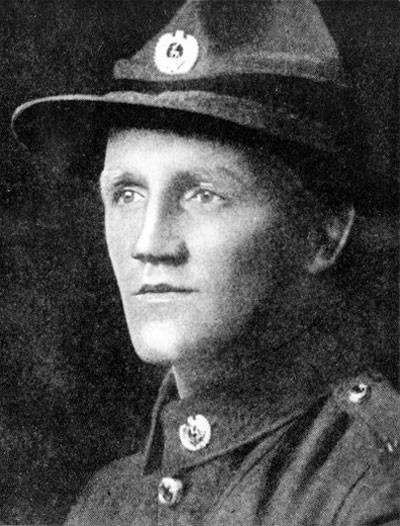
Henry Nicholas arrived in France in September 1916 and saw action at the Somme. He was involved in many of the actions fought by the New Zealand Division in 1917, including the successful attack on Messines ridge on 7 June. He missed the battle of Passchendaele due to illness but rejoined his Canterbury Regiment in time for the Polderhoek attack on 3 December. His actions there earned him the Victoria Cross.
During the advance on Polderhoek, Nicholas’s section was held up by heavy machine-gun and rifle fire. He single-handedly rushed the enemy position from the rear, threw a grenade and shot the officer. He then charged the remaining occupants with his bayonet. When the smoke cleared, 12 Germans lay dead. Four survivors were taken prisoner. Recommending him for an award, his commanding officer noted 'His fearless example and devotion to duty, commands him to special recognition.'
In mid-1918, while in England on leave, Nicholas was invested with his Victoria Cross by the King. After his return to the front in September 1918, the Canterbury Regiment was charged with holding the town of Beaudignies, a short distance from Le Quesnoy. On 23 October a German patrol blundered into Nicholas’s post on a flank guarding a bridge over the River Ecaillon. During this skirmish, Nicholas was killed by heavy machine-gun fire from the high ground of Le Quesnoy. He was posthumously awarded the Military Medal for his bravery during this action.
See also: painting of Henry Nicholas on the Archives NZ War Art website.
Read about New Zealand's other Victoria Cross recipients from the Belgium campaign:



Community contributions